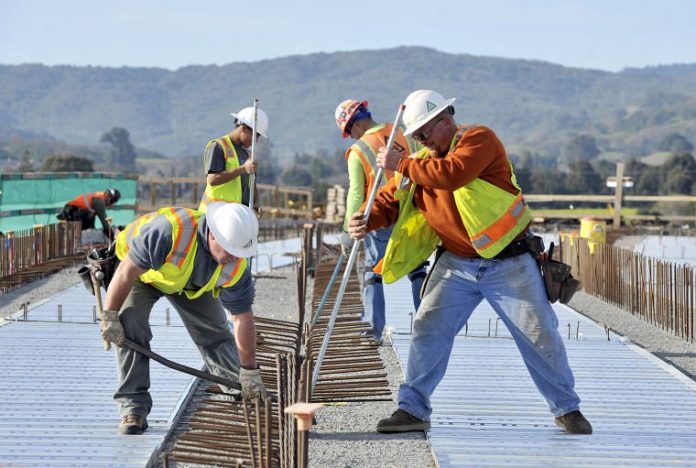
Many of Morgan Hill’s streets are in such bad shape that the City needs about $2.4 million more per year just to return the roadways and associated infrastructure to a “safe and sustainable” state, according to a report presented to the City Council Wednesday.
“The City’s valuable streets infrastructure has not been sustainably maintained in the recent past due to funding reductions imposed by City budget limitations and the elimination of the City’s Redevelopment Agency,” which used to partially fund the City’s street maintenance budget before it was closed by the state last year, according to the staff report from Morgan Hill Program Administrator Anthony Eulo.
If street maintenance continues at its current level, the City is likely to see continuing deterioration of the streets, a growing demand from residents for more maintenance, and “deferred maintenance growth” from about $14 million to $21 million by 2016, according to the report.
The City commissioned consultant Rick Mauck to conduct an extensive study of the current condition of all of the City’s streets infrastructure, which includes sidewalks, street lights, traffic lights, medians, planters, parking lots, storm drains and trees. The lengthy report presented to the Council Wednesday showed the results of that study.
An additional $2.4 million per year is a sobering sum, considering the City currently spends about $1.6 million per year on street infrastructure maintenance.
Now the Council has to figure out where to get that much money.
Options include cutting other City services such as public safety or parks maintenance; asking the voters to approve a special tax devoted solely to the streets budget; or asking property owners to create a new financing district within the City to fund street construction and maintenance activity.
The Council directed staff Wednesday to return with an “action plan” on the different options.
Staff are planning to propose the full 2013/2014 City budget proposal to the Council May 10. Councilman Larry Carr said wherever they end up getting the money, it’s going to be a long process to improve all the streets but he hopes the City can at least begin to increase their street maintenance budget later this year.
“Throughout the budget process I expect we’re going to be looking at what we’re going to give up,” Carr said. “It’s going to be a process of give and take. Getting more money into the rehabilitation and maintenance of our streets is going to be an important goal in this budget process.”
The City currently spends about $1.6 million per year on street infrastructure maintenance, which includes lights, landscaping and storm drains. The City’s current budget for capital street projects, such as construction of new road infrastructure, is about $980,000.
The total value of Morgan Hill’s streets infrastructure is about $392 million, according to Mauck’s report.
Drastically increasing the maintenance of streets – activities such as repairing potholes and sealing cracks in the asphalt – is key as it reduces the likelihood that the City will have to pay even more money on larger future repairs, according to the report.
For example, for each dollar that the City spends on maintenance of streets when they’re young and in their best condition, they can save up to $10 they would otherwise spend on rehabilitation or reconstruction when a street becomes riddled with holes and cracks, Eulo said.
Overall, Mauck’s study gave the City’s street infrastructure network a “pavement condition index” of 76, or in the “very good” range. But the report noted that segments of some City streets, such as Watsonville Road, fall to the “poor” range.
“We have a lot of newer streets, and we’ve got to try to get ahead of the curve so it’s cheaper to maintain those (now),” Carr added. “In the long run it will save the taxpayers money if we are putting more into the maintenance of the streets.”







